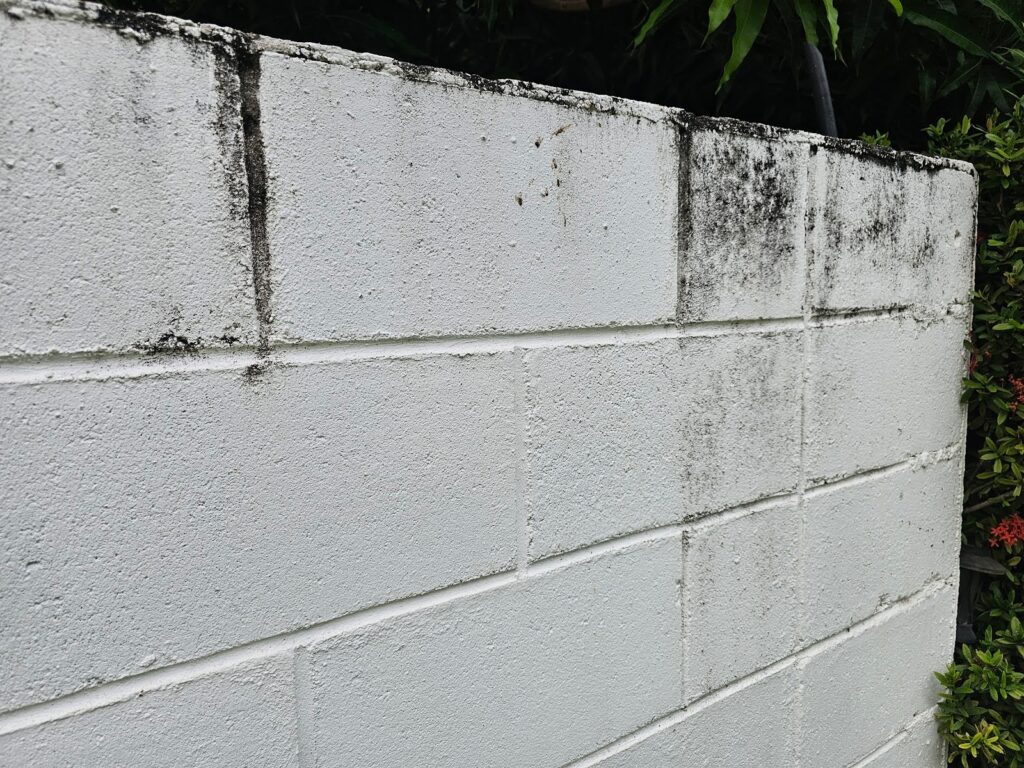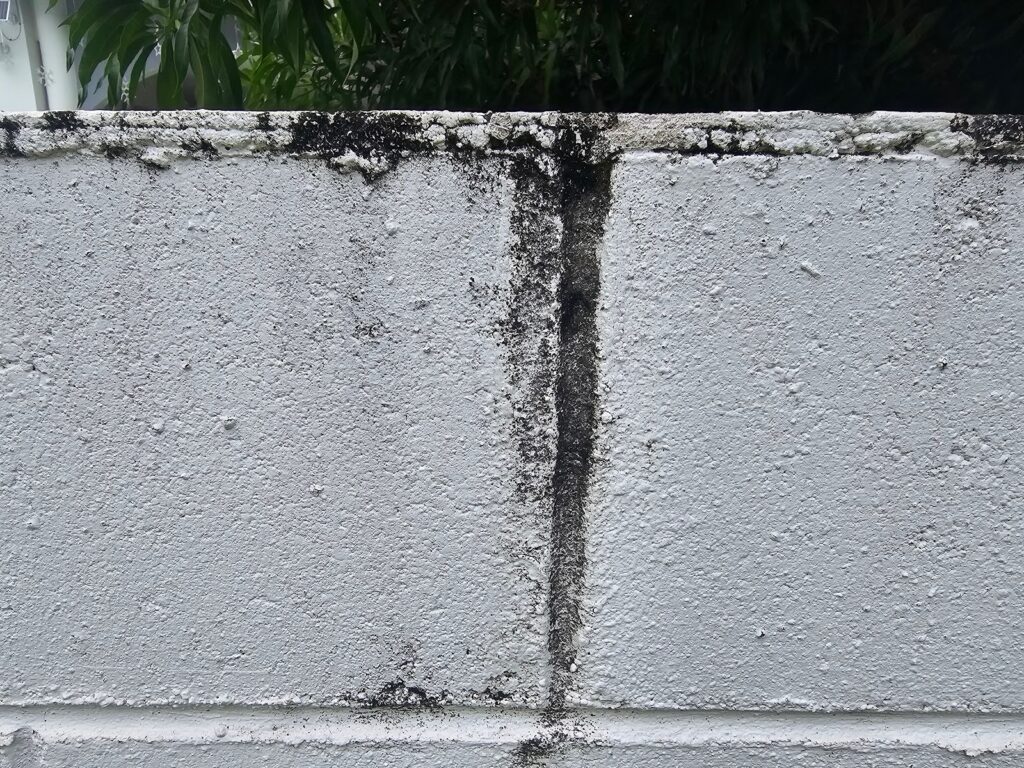Exploring Material Porosity: A Key Cause of Masonry Deterioration
In this week’s blog article we are examining some of the specific causes of masonry deterioration. This past week, we mentioned several of these issues in the case study from the field, looking at an area of subsidence in a masonry paving area. These issues included: material porosity, temperature fluctuations, moisture exposure, structural loading, chemical interactions, and microstructural changes. Today, we will start a series which will continue into the new year looking closer at each of these issues.
Material Porosity
Material porosity is important to understanding how deterioration happens in masonry. By and large, masonry deteriorates because of a variety of factors but one of the largest ones of those factors is hydration. The amount by which moisture will infiltrate and negatively affect a masonry surface and substrate depends, very much, on the amount of porosity of the material. Whereas, materials are less affected by moisture and therefore have a higher resistance to many other effects that are related to moisture absorption.
The picture below shows a cinder block wall. And most architectural and construction scenarios, this type of construction is referred to as CMU which stands for cement masonry unit. These blocks are assembled in a running bond, similar to a running bond found in a typical historic brick wall, for example.
Each block is made with two cylindrically-shaped vertically positioned cells that run through the middle of the block. You can’t see these open cells from the outside face of the wall. However, if you look down directly into the wall, if you would remove the cementitious capping / coping applied on top, you would see open cells that allow the blocks to be interlocked by installing rebar and filling with concrete, for example.
In this particular scenario, these concrete blocks have been filled to the top and have had an additional capping of mortar applied on the top of the horizontal seal of the wall. That capping / coping deters water from pooling on top of the area above the block which then helps to prevent more moisture absorption and therein deters accelerated deterioration.

CMU block is an example of a type of masonry construction material which has a somewhat lower porosity than typical historic common brick. Common brick is used throughout the majority of historic buildings, built up until the early 20th century, here in Washington DC. If you own a house or a building here in Washington DC and it’s built with a masonry structural frame, before 1910, it’s likely that the interior and rear walls of the building are built with historic common brick.
This particular type of brick has very high porosity and the CMU block by comparison is a modern alternative that has a much lower porosity. Historic brick was basically cooked in a kiln firing process, similar to clay and many other types of ceramics. The firing process renders it semivitreous which helps deter porosity and absorption of moisture. The block though, by comparison, also has low porosity, but because of a different reason. In the case of the block work, it is made with a Portland cement which bonds in a way that is much more resistant to moisture absorption than historic lime water used in historic brickwork installation and construction.

Once water enters into a masonry surface, it may dry out and go away without much problem, but it’s actually rare that it goes away that quickly and things relieve themselves that easily. In most cases, water will saturate deeply into the subsurface of masonry elements and cause conditions of excessive hydration which lead to dissolution and breakdown of the subcomponent materials. Often you’ll see signs of visually apparent efflorescence which indicates over hydration and dissolution of salts within the masonry substrate materials.
This type of slow damage is Insidious because even though it can take multiple cycles of hydration, and years of time to really cause apparent damage, that you can see on the outside face of the masonry, it can still lead to accelerated deterioration that damages the building to its structural core.
Our company, Dupont Tuckpointing and Masonry, specializes in masonry restoration, historic brick repointing, and tuckpointing services in the Washington D.C. area. These buildings are uniquely historic, and their preservation requires skilled masons who are technically trained in the best practices and knowledge of proper restoration techniques.
We understand the significance of maintaining the architectural integrity of these historic structures, and our team of experienced professionals is dedicated to delivering exceptional craftsmanship. Whether you require masonry restoration, tuckpointing, or brick repointing services, we are here to help.
At Dupont Tuckpointing and Masonry, we take pride in our work and strive to ensure that every project is executed with the utmost care and attention to detail. We are committed to preserving the rich heritage of Washington D.C.’s built environment for generations to come.
If you have any questions or needs regarding masonry restoration, historic brick repointing, or tuckpointing services, please do not hesitate to reach out to us. We would be delighted to assist you and provide you with the expertise and quality workmanship that your historic property deserves.
You can reach us by telephone at (202) 796-7644 and you can reach us by email from the contact form on our website at https://duponttuckpointingmasonrydc.com/contact-us/




